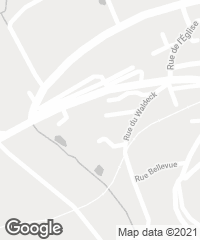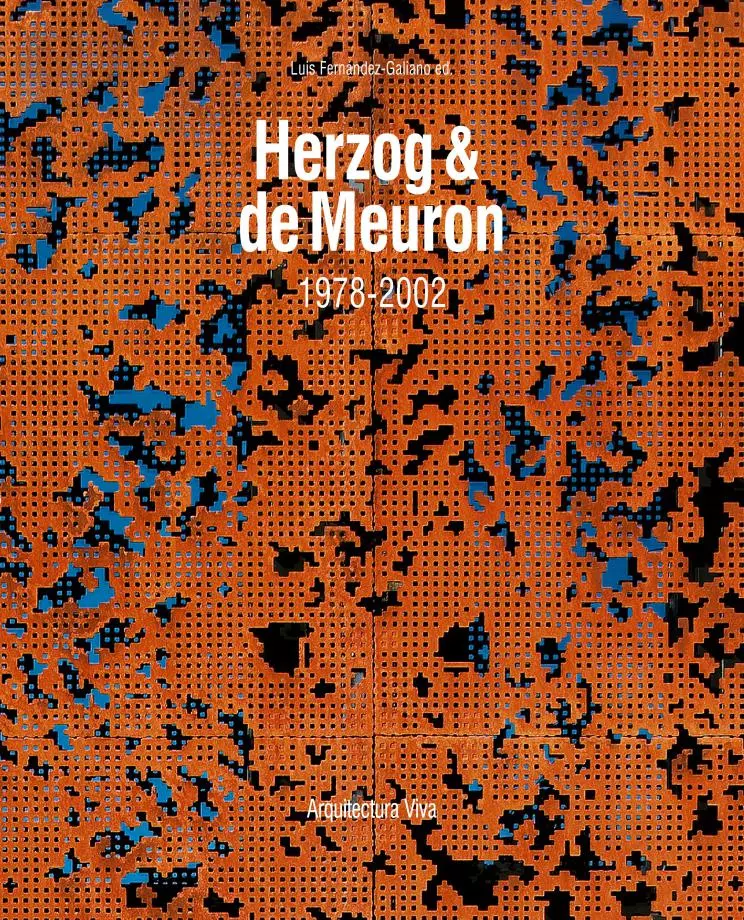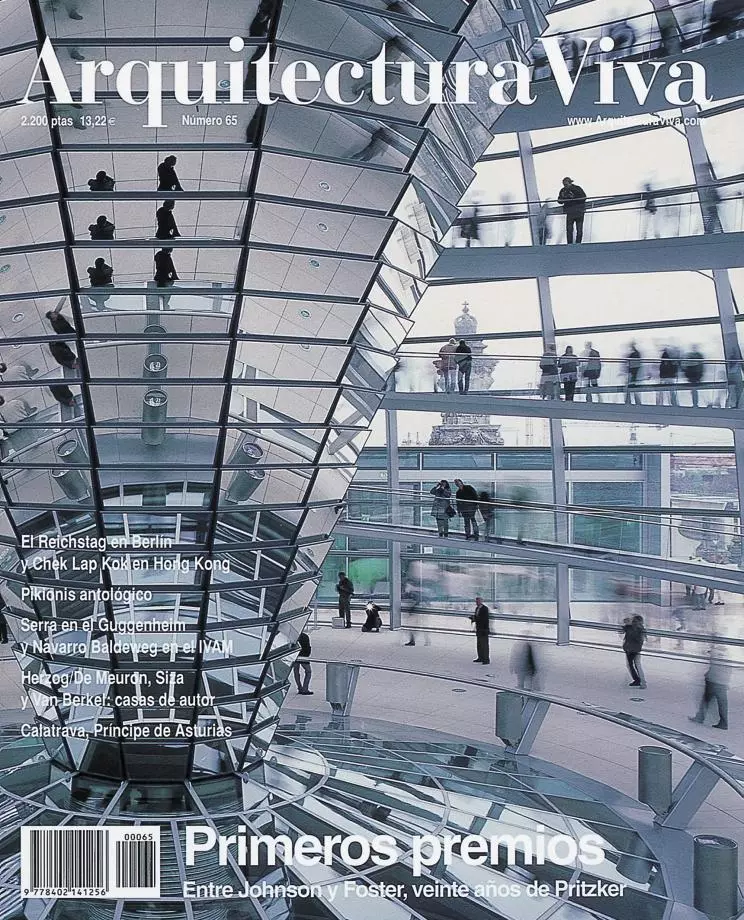Rudin House, Leymen
Herzog & de Meuron- Type House Housing
- Material Concrete
- Date 1995 - 1997
- City Leymen
- Country France
- Photograph Margherita Spiluttini


Only a few kilometers from the Swiss-German border, this house is set in a north-eastern French district characterized by a landscape of rolling hills. Over a substratum of clay that gives the town its name, the extensive meadows are dominated by scattered wooden constructions of farm buildings. Distancing itself from an architecture that sinks its roots into the soil, this residential proposal is detached from the earth, allowing the landscape to flow without producing discontinuities. This heavy, archetypal volume thus seems to be suspended above the gentle slope, demonstrating its desire to be perceived as an abstract object.
Like an icon or a pictogram, this house on pilotis identifies the domestic function with the sheltering gesture of a double pitch roof. Its net volume dispenses with cornices and eaves, silhouetted against the sky with the precise outline of a child’s drawing. Its independence from the ground is stressed by the platform that extends the floating base of the house in an east-west direction and stretches the interior rooms over a film of water on one side and a terrace lacking a parapet on the other. As the cellar required in neighboring Switzerland as an air-raid and avalanche shelter was not necessary, everything that usually occupies the ground floor of a dwelling has been eliminated or shifted to reduce the link with the ground to a schematic machinery room and the entrance stairs that are located beneath the core of the house. With no door visible from a distance, the solid thus defined is perforated with large apertures that distort the building’s scale and re-establish the relationship with the surroundings denied by the foundations, bestowing on the interiors a certain palace-like dimension.
Immersed in the natural water cycle, the compact, abstract image of the house is supported in a material definition that makes the roof chromatically akin to the walls. A clean edge neatly resolves the interface between the concrete walls and the bituminous film that resolves the sloping surfaces. Reduced to its minimum expression, the guttering is replaced by a metal drip strip that guides the rainwater to the edges of the west facade, at the foot of which is the pond. As with the Ricola warehouse building in Mulhouse, the vertical face will gradually acquire a green patina of plant matter and mineral deposits that will blur the edges, making the appearance of the house change as time goes by.[+][+][+]
Cliente Client
Hanspeter Rudin
Arquitectos Architects
Jacques Herzog, Pierre de Meuron, Harry Gugger, Christine Binswanger
Colaboradores Collaborators
Lukas Bögli
Consultores Consultants
H. P. Frei, F. Männel (estructura structure); B. Sontag (hormigón concrete)
Fotos Photos
Margherita Spiluttini









